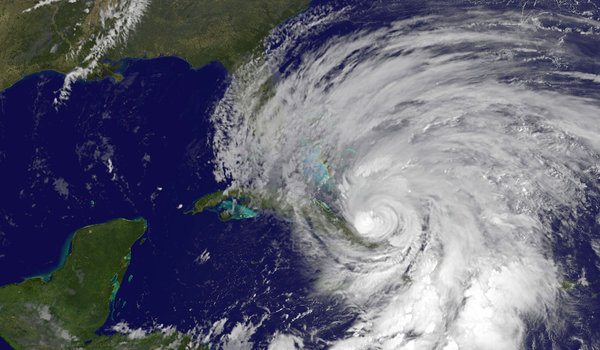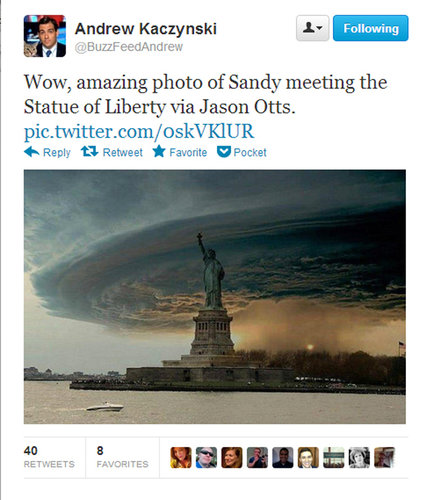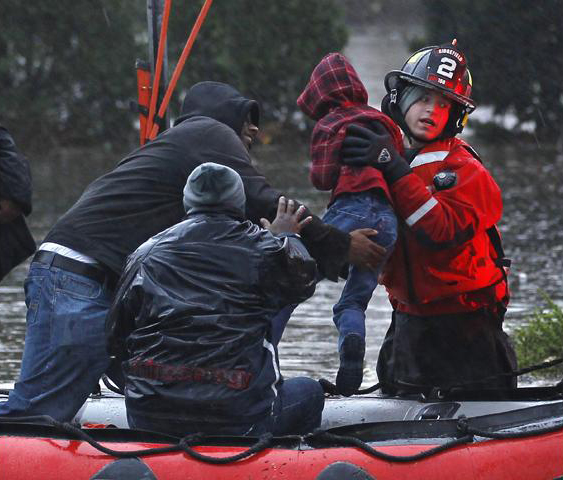You are here
Sat, 2012-01-28 13:15 — mdmcdonald
The Resilience Collaboratory focuses on the issues associated with dynamic adaption of social ecologies.
The mission of the Resilience Collaboratory is to find solutions associated with dynamic adaption of social ecologies to global change, societal challenges and social disruption.
Add Content to this group
Members
| Joyce Fedeczko | Kathy Gilbeaux | LRmed2009 | Maeryn Obley | mdmcdonald | Nguyen Ninh |
| Siftar | tkm | WDS1200-Columbus |
Email address for group
resilience@m.resiliencesystem.org




 Image: A startling but manufactured image of the giant storm that made the rounds on Twitter and Facebook.
Image: A startling but manufactured image of the giant storm that made the rounds on Twitter and Facebook. 
 Image: Conceptual art of the new Amazon headquarters.
Image: Conceptual art of the new Amazon headquarters.
Recent Comments